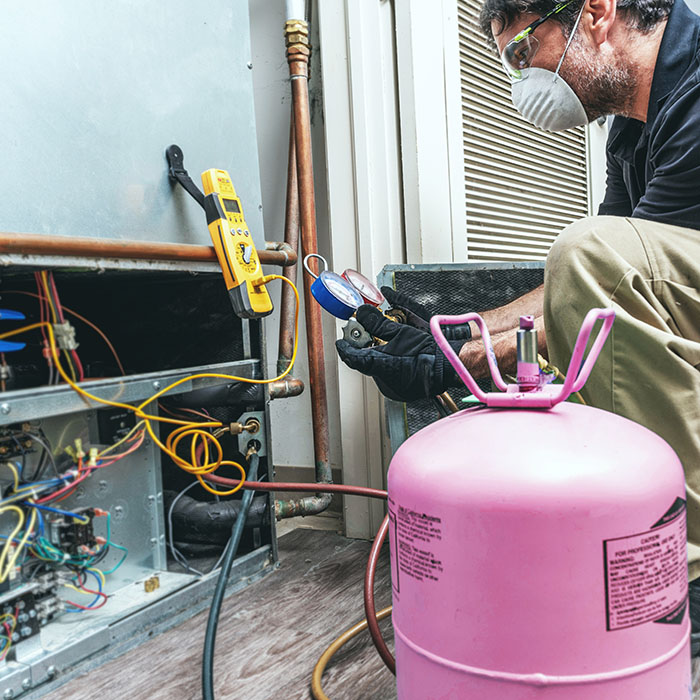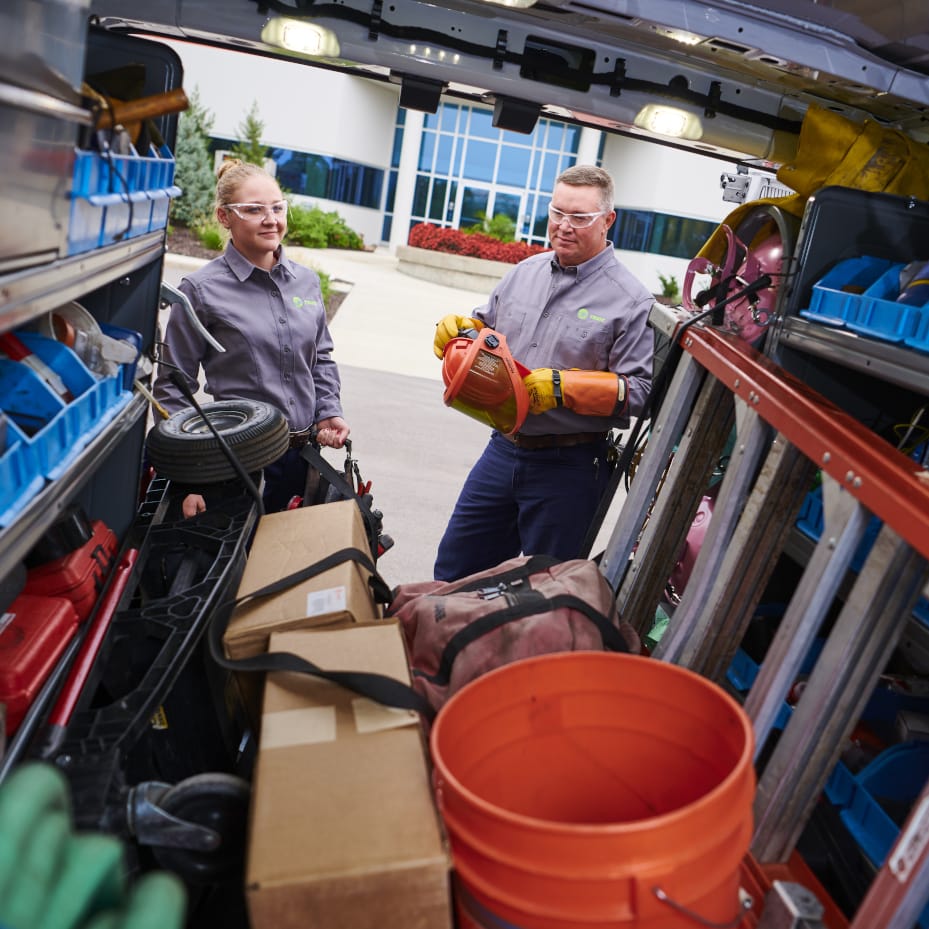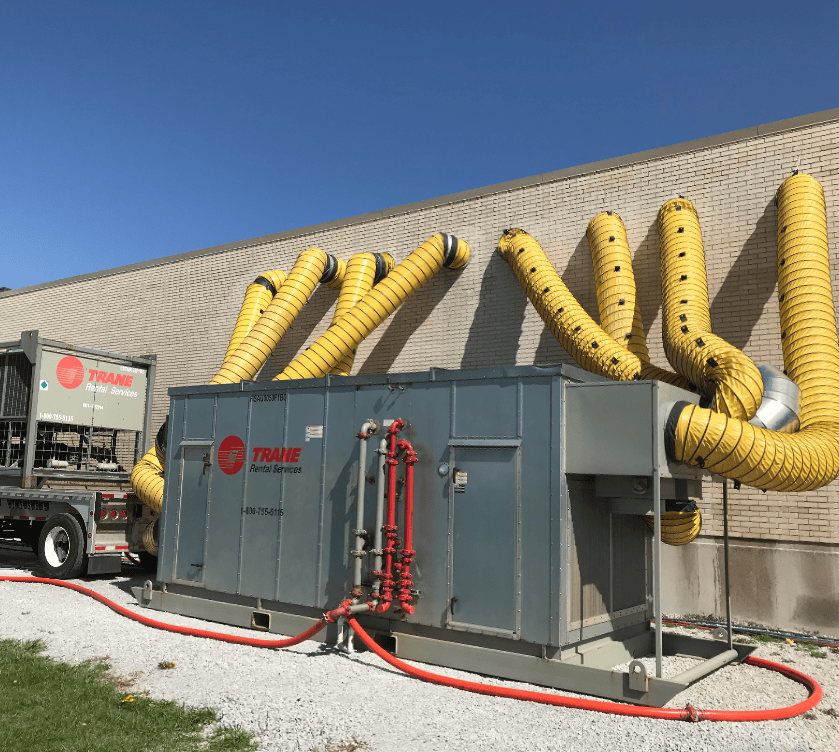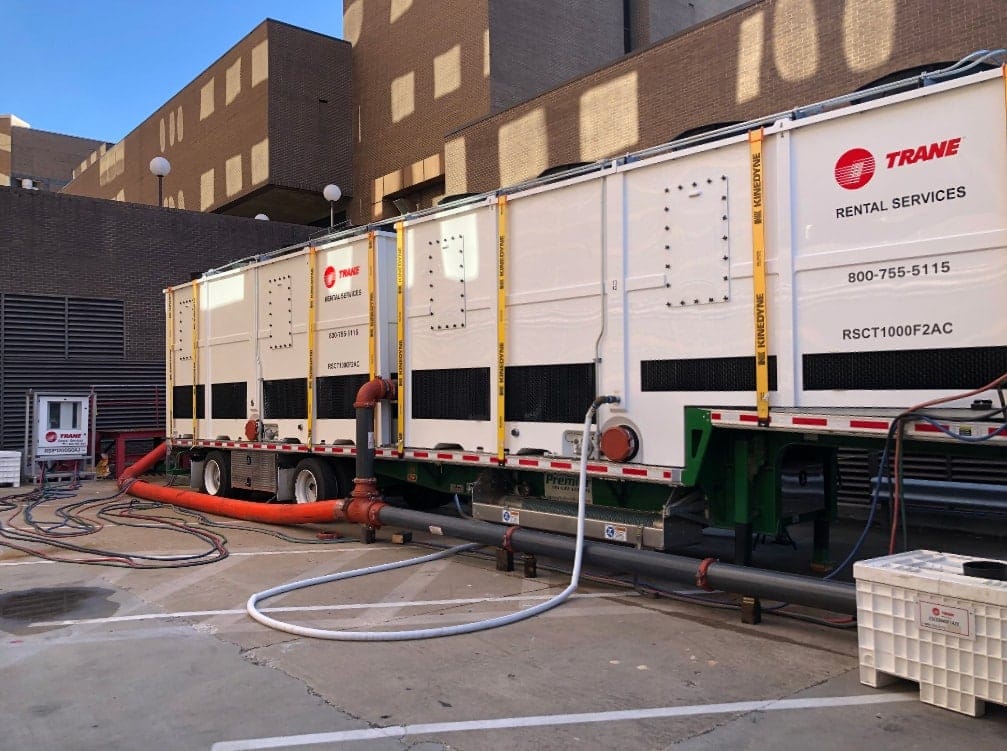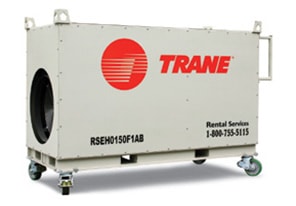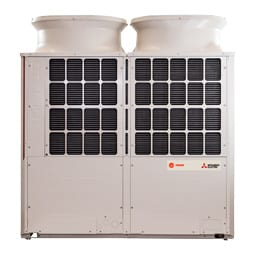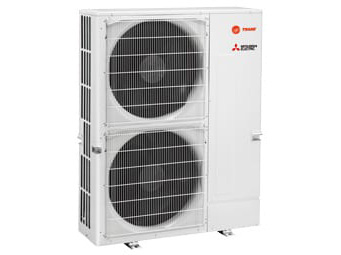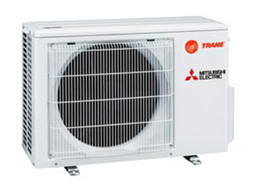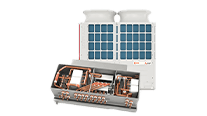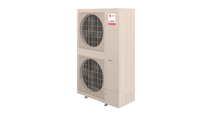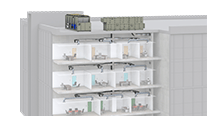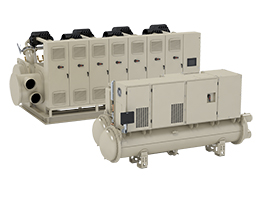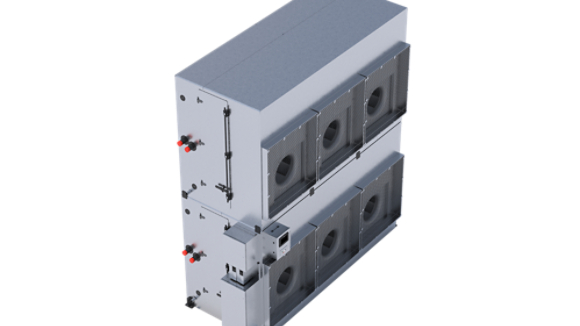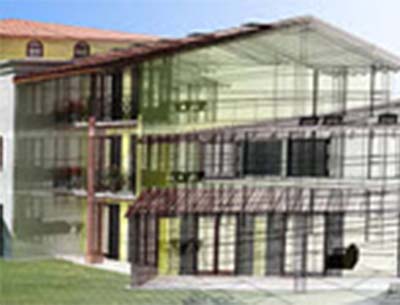Don’t let the Urban Summer heat derail your Building’s Performance
July 13, 2016

(This article is part of the Roadmap 2 Summer Series. Click here to read last week’s article.)
Summer in New York City can present a unique set of challenges for commercial building owners and managers. Beyond the need for increased power to cool buildings, there are a number of factors that can put additional pressure on your building systems in the summer months.
In NYC, 70 percent of the summer utility spend goes toward lighting and HVAC, with 40 percent of that amount specific to HVAC — making it one of the largest portions of your energy bill in the hot summer months. Air conditioning use also fluctuates significantly in the summer, which can impact your bottom line.
Utility demand charges in the summer can comprise nearly 50 percent of your building’s energy bill. Understanding how summer’s extreme temperatures impact your building’s performance will help you manage energy consumption and lower utility bills.
Keeping tenants cool
The urban heat island effect on Manhattan contributes to higher air and structure temperatures in the summer. This can make it even more difficult to keep up with tenant comfort needs on the hottest summer days.
Tenant satisfaction is a major factor in attracting and keeping tenants for New York building owners and managers. Losing even one tenant in a commercial building can mean a significant financial hit to your bottom line. It’s common for high-rise facilities to require different zones of cooling for different levels and areas of the building. For example, many of the city’s skyscrapers have extreme sun loads at the top tiers of the building, which often have the most expensive tenant rents.
There are steps you can take that will minimize the impact of summer’s increased demand on your building and help keep your tenants comfortable and happy.
Equipment is often called upon to run at maximum load in the summer, uncovering “hidden” deficiencies in your building that are masked at other times of the year. Also, the more frequently equipment runs, the more frequently maintenance is needed on that equipment. This makes regular maintenance an important part of staying ahead of summer’s heat stressors. Addressing potential issues through proactive maintenance can cut unexpected breakdowns by 70–75 percent, and reduce downtime by up to 40 percent.[*]
It’s also important to build in system redundancy or have a contingency plan in place for temporary cooling should the need arise. Breakdowns in aging equipment, an increase in tenant complaints or a shift in the sun load on parts of your building due to construction (or demolition) next door are all factors that may necessitate temporary cooling.
Understand demand
Most commercial building customers in Manhattan are under a rate structure that includes three demand windows. Hitting peak demand within those three windows results in additional charges that can add up quickly. Demand charges can comprise about 50 percent of the summer utility bill for many NYC commercial buildings.
Understanding demand charges — and getting them under control — can result in significant reductions in your utility costs. Utilizing an energy management system can alert you to your peak demand, so you can improve awareness and have a positive impact on your energy costs. Energy management solutions from Trane provide building data and information that can be used to run your systems more efficiently for reduced building loads. This information can also help you shift those loads to different times of the day.
There are also incentives available for many efficiency measures, including signing up for demand response events. In exchange for reimbursement, demand response customers have a contractual obligation to reduce peak energy use when notified by the utility.
Using data can provide a better understanding of when and how your building is being run. If the data shows parts of the building are running constantly and are maxed out — or if the systems in certain areas are always being overridden — this can indicate a problem that is likely keeping you from achieving optimal efficiency. Trane can help you determine what the data means and turn it into meaningful information that you can use to make improvements and ultimately impact the bottom line.
Summer’s extreme conditions can pose unique challenges. With Trane as your partner, you can optimize your building’s performance and reduce demand loads to save energy costs — while still keeping tenants comfortable.
Join us next week when we discuss using your BAS and control strategies to more efficiently manage your building in summer’s hottest months.
Sign up to have the Roadmap 2 Summer Series sent directly to your inbox.
[*] Federal Energy Management Program, U. S. Department of Energy, Operations & Maintenance Best Practices: A Guide to Achieving Operational Efficiency (August 2010).




